Sustainability Initiatives
The Layer Pad Market is increasingly influenced by sustainability initiatives. As consumers become more environmentally conscious, manufacturers are compelled to adopt eco-friendly materials and production processes. This shift not only aligns with consumer preferences but also meets regulatory requirements aimed at reducing environmental impact. The demand for biodegradable and recyclable layer pads is on the rise, with a notable increase in market share for products that emphasize sustainability. Companies that prioritize these initiatives may gain a competitive edge, as they appeal to a growing segment of eco-aware consumers. Furthermore, the integration of sustainable practices can enhance brand loyalty and reputation, which are crucial in the Layer Pad Market.
Technological Advancements
Technological advancements play a pivotal role in shaping the Layer Pad Market. Innovations in material science have led to the development of advanced layer pads that offer superior performance characteristics, such as enhanced cushioning and durability. The introduction of smart layer pads, equipped with sensors to monitor temperature and moisture levels, is gaining traction among consumers seeking improved functionality. Additionally, automation in manufacturing processes has resulted in increased efficiency and reduced production costs. As a result, companies that leverage these technological advancements are likely to enhance their product offerings and improve their market position. The Layer Pad Market is thus witnessing a transformation driven by these technological innovations.
Rising Demand in E-commerce
The Layer Pad Market is experiencing a surge in demand driven by the growth of e-commerce. As online shopping continues to expand, the need for effective packaging solutions has become paramount. Layer pads serve as essential protective materials that ensure the safe transit of goods, particularly fragile items. The e-commerce sector's rapid growth has led to an increased focus on packaging efficiency and sustainability, prompting manufacturers to innovate their layer pad offerings. According to recent data, the e-commerce market is projected to grow significantly, which in turn is expected to boost the Layer Pad Market. Companies that adapt to these changing dynamics are likely to benefit from increased sales and market share.
Expansion of the Food and Beverage Sector
The Layer Pad Market is witnessing growth due to the expansion of the food and beverage sector. As this sector continues to evolve, the need for effective packaging solutions that ensure product safety and quality is paramount. Layer pads are increasingly utilized in the transportation and storage of food products, providing necessary protection against damage and contamination. The rise in consumer demand for fresh and packaged food items is driving manufacturers to seek reliable packaging solutions. Furthermore, regulatory standards regarding food safety are becoming more stringent, which may further propel the demand for layer pads in this industry. The Layer Pad Market stands to benefit from these trends as it aligns with the needs of the food and beverage sector.
Increased Focus on Supply Chain Efficiency
The Layer Pad Market is also influenced by an increased focus on supply chain efficiency. Companies are recognizing the importance of optimizing their logistics and packaging solutions to reduce costs and improve delivery times. Layer pads are integral to this optimization, as they provide effective protection while minimizing weight and volume in shipping. The trend towards just-in-time inventory management further emphasizes the need for efficient packaging solutions. As businesses strive to enhance their operational efficiency, the demand for layer pads that facilitate streamlined supply chains is likely to grow. This focus on efficiency may lead to innovations in layer pad design and materials, ultimately benefiting the Layer Pad Market.


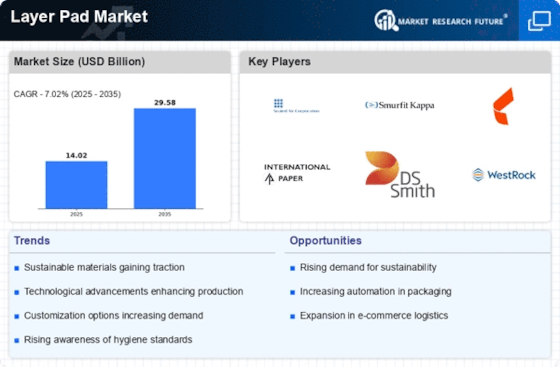
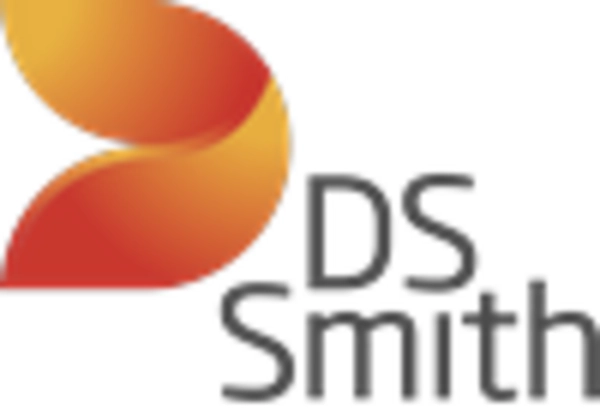
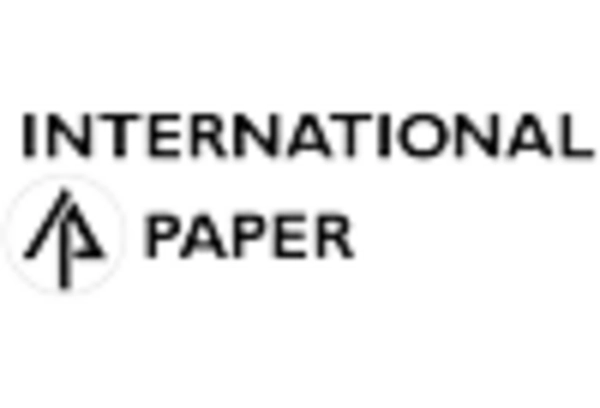

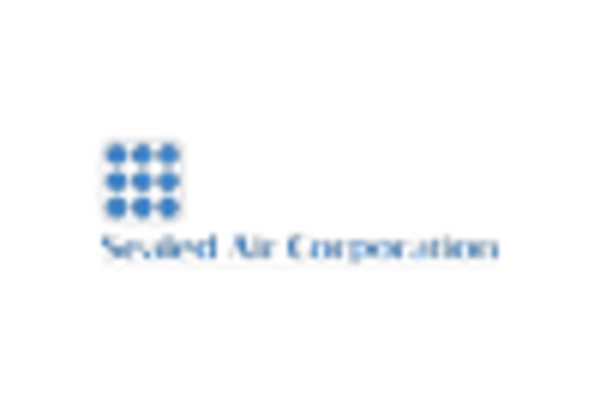
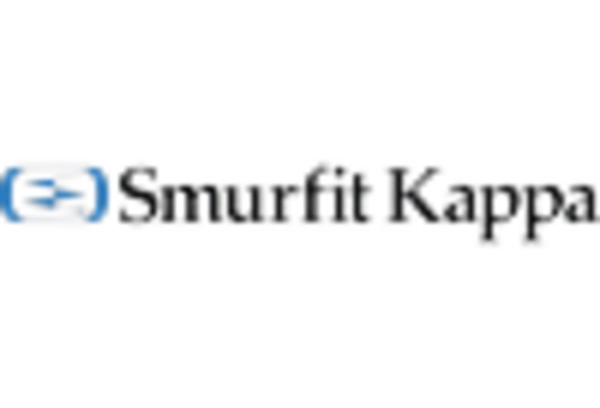
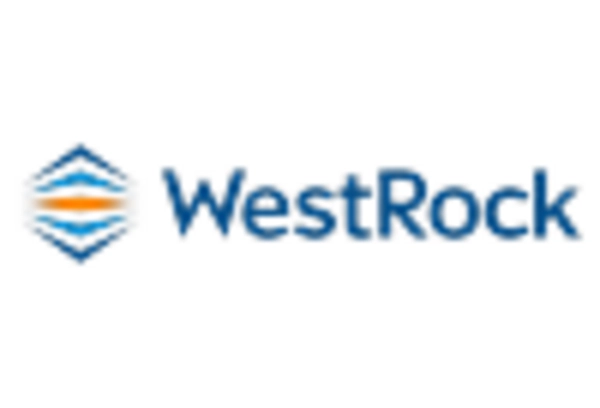








Leave a Comment